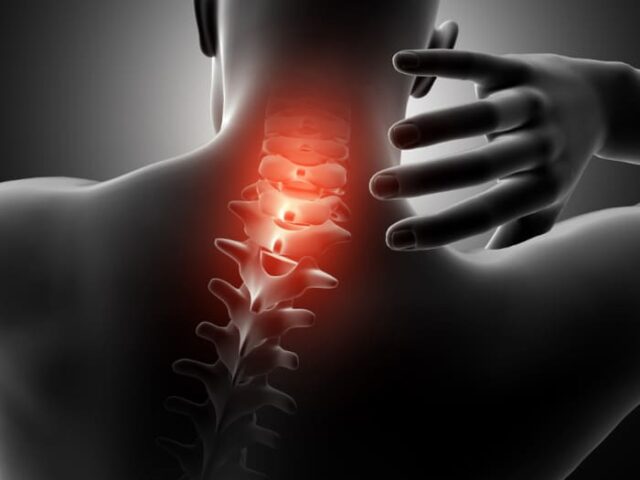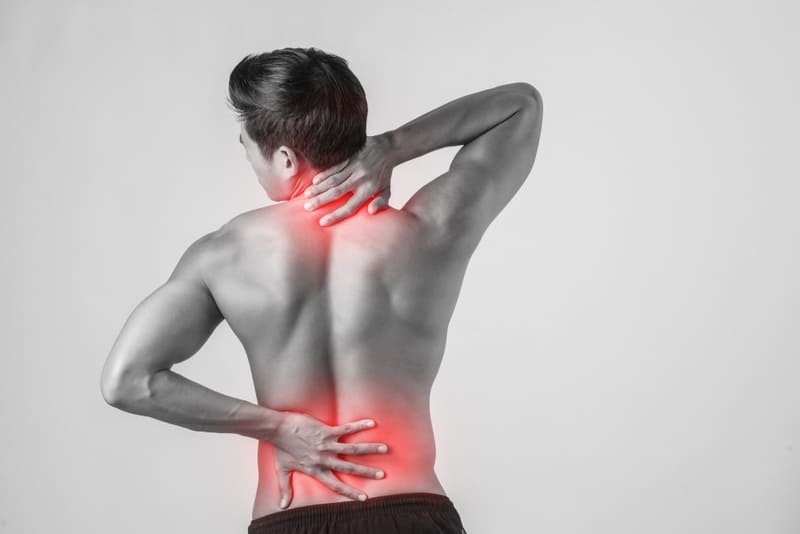Cervical Spondylosis is a condition that affects the spinal discs in the neck area, leading to pain and discomfort. It is a degenerative condition that can occur as a result of the ageing process or due to injury or trauma to the neck. The disease affects the cervical spine, which is the upper part of the spine, comprising seven vertebrae.

Causes of Cervical Spondylosis
Cervical Spine Spondylosis is mainly caused by the wear and tear of the spinal discs over time. The spinal discs are small, cushion-like structures that sit between the vertebrae and act as shock absorbers. These discs lose their moisture and elasticity as we age, making them less effective at cushioning the spine. This leads to osteophytes or bone spurs, bony projections that can press against the spinal cord or nerves, causing pain and discomfort.
In addition to the natural aging process, several other factors may contribute to the development of cervical spine spondylosis. Poor posture, especially with prolonged periods of sitting or using electronic devices, can put extra stress on the cervical spine, accelerating wear and tear on the discs and joints. Repetitive movements, such as those performed in certain occupations or during sports activities, can also contribute to the degeneration of the cervical spine.
Symptoms of Cervical Spondylosis
Neck Spondylosis symptoms can vary from person to person, depending on the severity of the condition. Some common symptoms include:
- Neck pain and stiffness
- Headaches
- Tingling or numbness in the arms or hands
- Weakness in the arms or hands
- Loss of balance or coordination
- Difficulty walking or standing
- Difficulty swallowing or speaking
If you experience any of these symptoms, seeking medical attention as soon as possible is essential.

